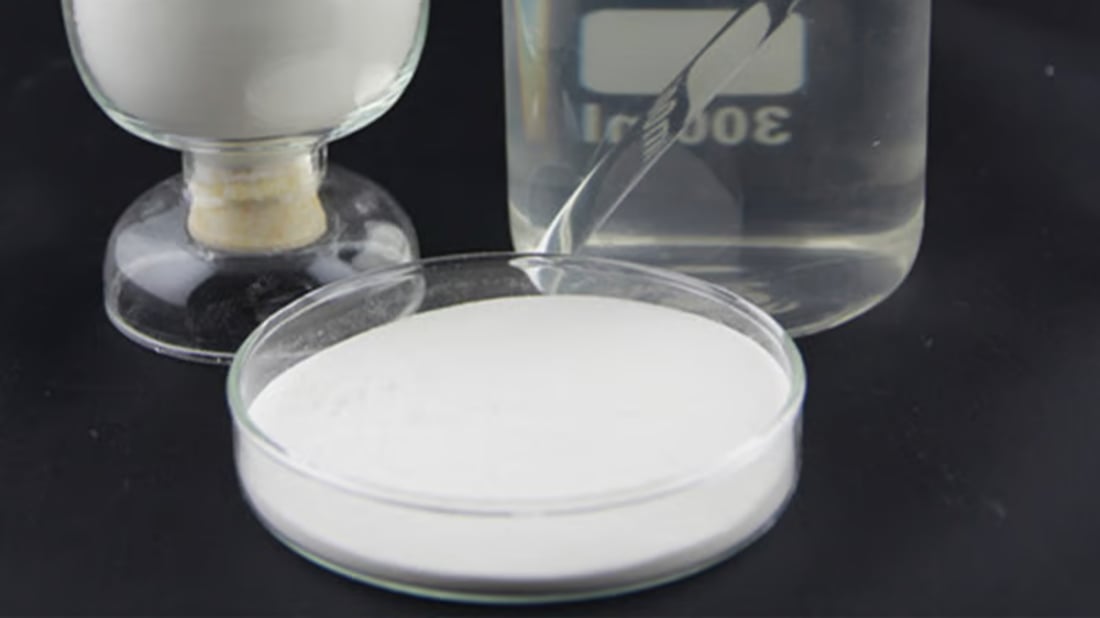Understanding current distribution in battery Electrodes
Introduction to Current Distribution in Battery Systems
The study of current distribution in battery electrodes is imperative for advancing lithium-ion technology. In these systems, battery electrodes have a defined thickness, denoted as h, where the left side connects with the current collector while the right side interfaces with the separator.
Components Involved in Current Distribution in Battery
Within the battery electrode's thickness, three fundamental particles exist, each featuring a distinct reaction site crucial for current distribution in battery operations. Upon lithium embedding, electron transfer occurs from the current collector to the coating.
Electron and Ion Movement in Battery Current Distribution
Current distribution in battery electrodes involves electrons moving left to right and ions migrating from the electrolyte membrane towards the coating, resulting in current density decreasing from right to left.
Balance of Forces in Current Distribution in Battery Systems
The total cross-sectional current density within lithium-ion battery electrodes remains constant, combining electron and ion currents. The equilibrium of forces is quintessential for ensuring uniformity in current distribution in battery systems.
Local Reaction Dynamics in Battery Current Distribution
During charge exchange at the particle interface, like the first particle interface, electron flow Ie1 matches ion flow Ii1. The local current density Iloc, paired with the particle's specific surface area av, supports effective current distribution in battery operations with the equation Ie1=Ii1=av * Iloc.
Integrative Approach to Current Distribution in Battery
The integrative calculation approach ensures the total battery current density is equated to electron current density at the collector and ion current density at the separator. Summative local reaction current densities across electrode thickness illustrate comprehensive current distribution in battery systems.

